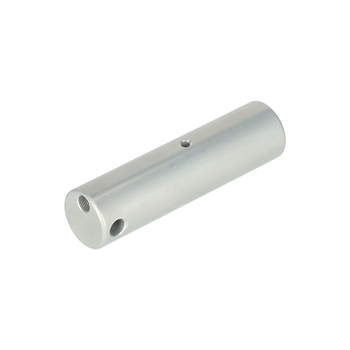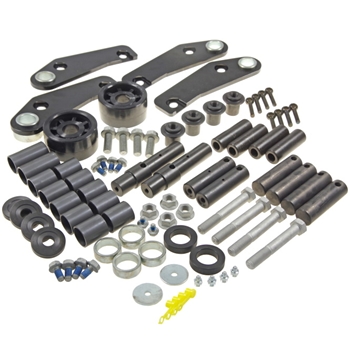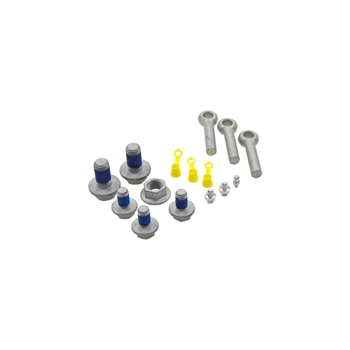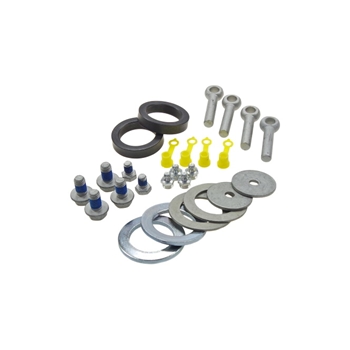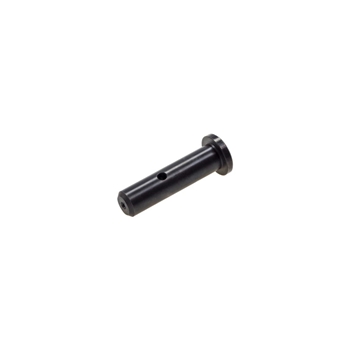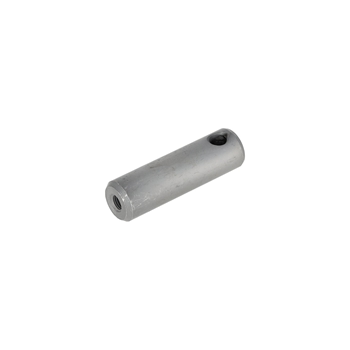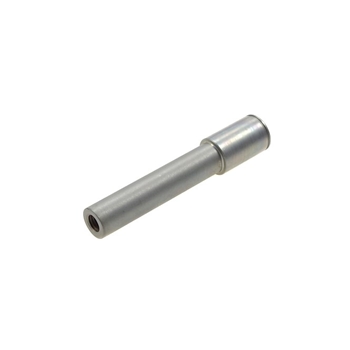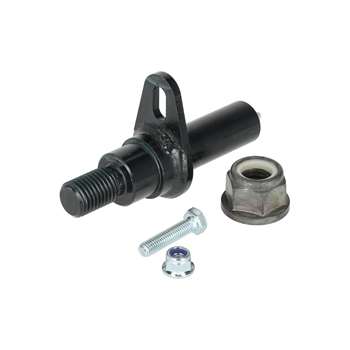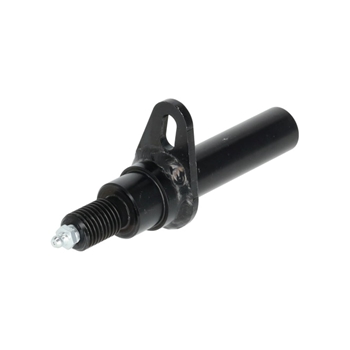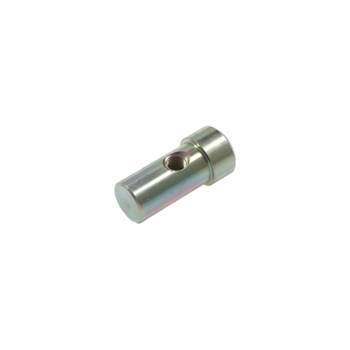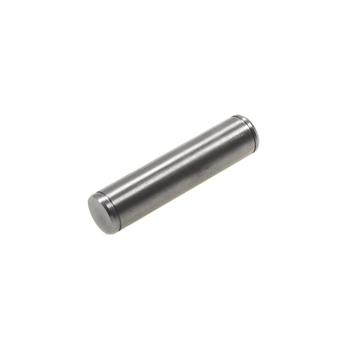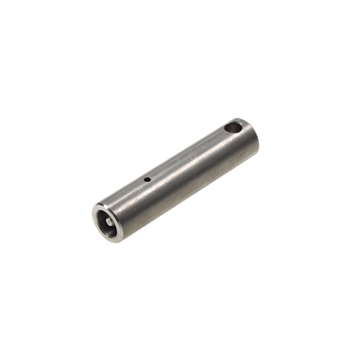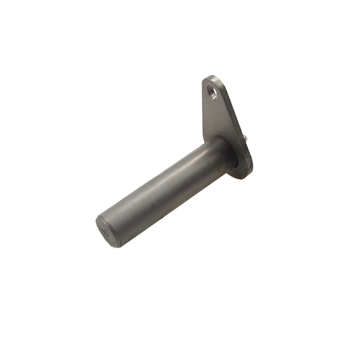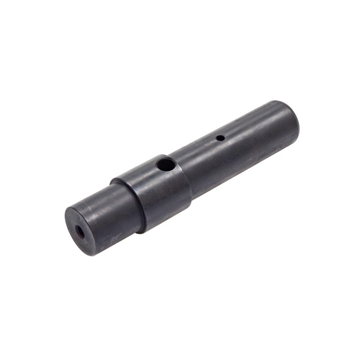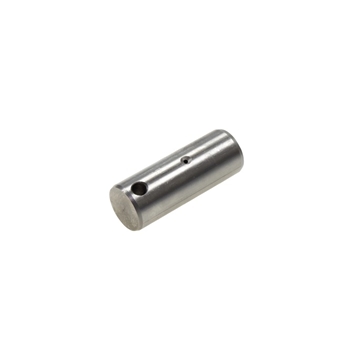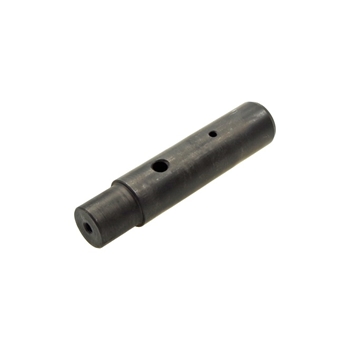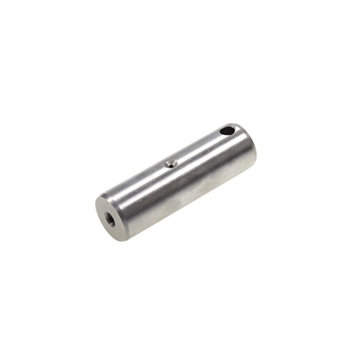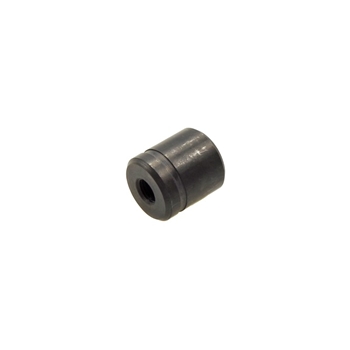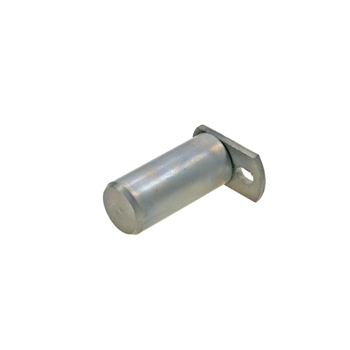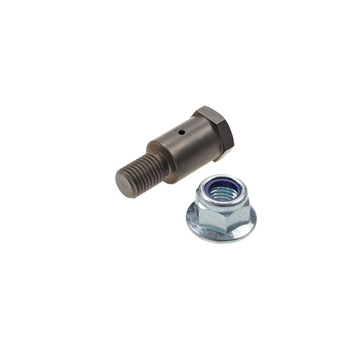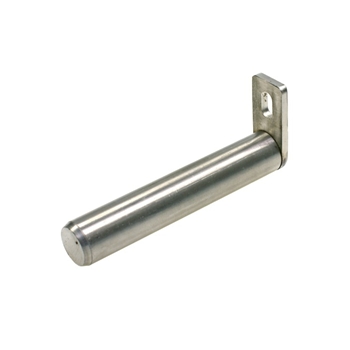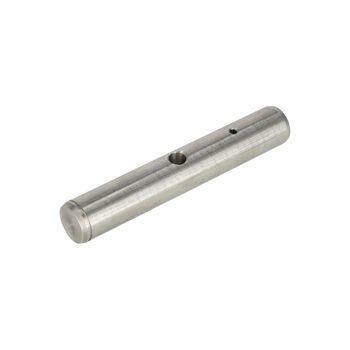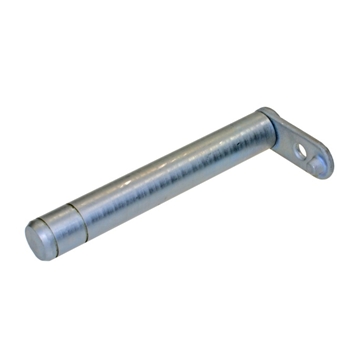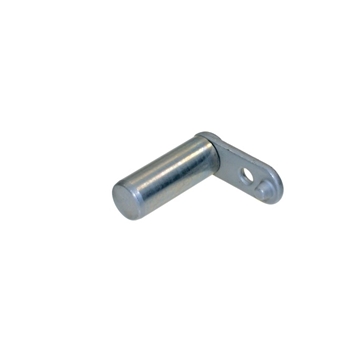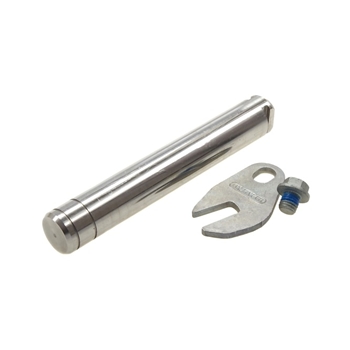Bolts for tail gates – Components for defined bearing and pivot points
Bolts perform a central mechanical function at the pivot and bearing points of a tail gate. As precisely manufactured connecting elements, they link lifting arms, brackets and cylinder mounts and ensure a defined motion sequence of the connected components. They transmit static and dynamic loads and stabilise the structure throughout the lifting and lowering process. At the bearing points of a truck lift gate, bolts fulfil important mechanical functions within the movement axes and ensure reliable force transmission between the connected parts. In this category, you will find bolts designed for the requirements of modern tail gate systems. SULEJ Ladebordwand uses tested components that permanently support the functional integrity of the joint connections.
Pivot and bearing points – Mechanical tasks of bolts within the lifting mechanism
A bolt is a precisely machined component that functions as both a pivot and bearing point within the mechanical structure of the tail gate. It creates the movable connection between lift arms, swivel mechanisms and cylinder attachment points. Its geometry is designed to distribute forces evenly and safely absorb load peaks. At the bearing points of a tail lift, dynamic loads occur that vary depending on platform position, load distribution and movement direction. Proper fit between bolt, bearing point and bushing ensures stable motion control and minimises structural wear. Bolts operate in combination with suitable bearing bushes to maintain defined tolerances, lubrication distribution and motion characteristics.
Materials and designs – Technical versions for different bearing locations
Bolts for tail gates are predominantly manufactured from high-strength, heat-treated steel. This material provides high tensile strength and excellent resistance to fatigue. Depending on the application, bolts may also be made from stainless steel or aluminium alloys, for example where increased corrosion resistance or reduced component weight is required. Surface treatments such as galvanising or special coatings protect against environmental influences and reduce friction-related wear. In practice, bolts are designed as bearing bolts or pivot bolts depending on function and adapted to the respective load requirements.
Several constructive variants are available for different bearing points:
Bolt with tongue
Versions with an integrated tongue for defined fastening or screw mounting at locations with limited installation space or specific pivot angles.
Bolt without tongue
Cylindrical standard versions for through-mounted bearing points on lift arms, brackets or cylinder attachment points.
Bolt with lubrication channel
Bolt featuring an integrated lubrication channel for direct grease supply to the bearing point, designed for increased movement frequency or continuous load cycles.
Bolt with holes for fastening elements
Variants with transverse or longitudinal holes for retaining pins or locking devices that ensure reproducible positioning and defined securing.
Bolt with thread
Versions with single or double-sided thread for bolted connections or assemblies requiring axial form-fit retention.
The selection of a suitable bolt depends on installation dimensions, load profile, environmental conditions and the constructive design of the respective bearing point. A single bolt may combine several of these features if required by the mechanical configuration.





